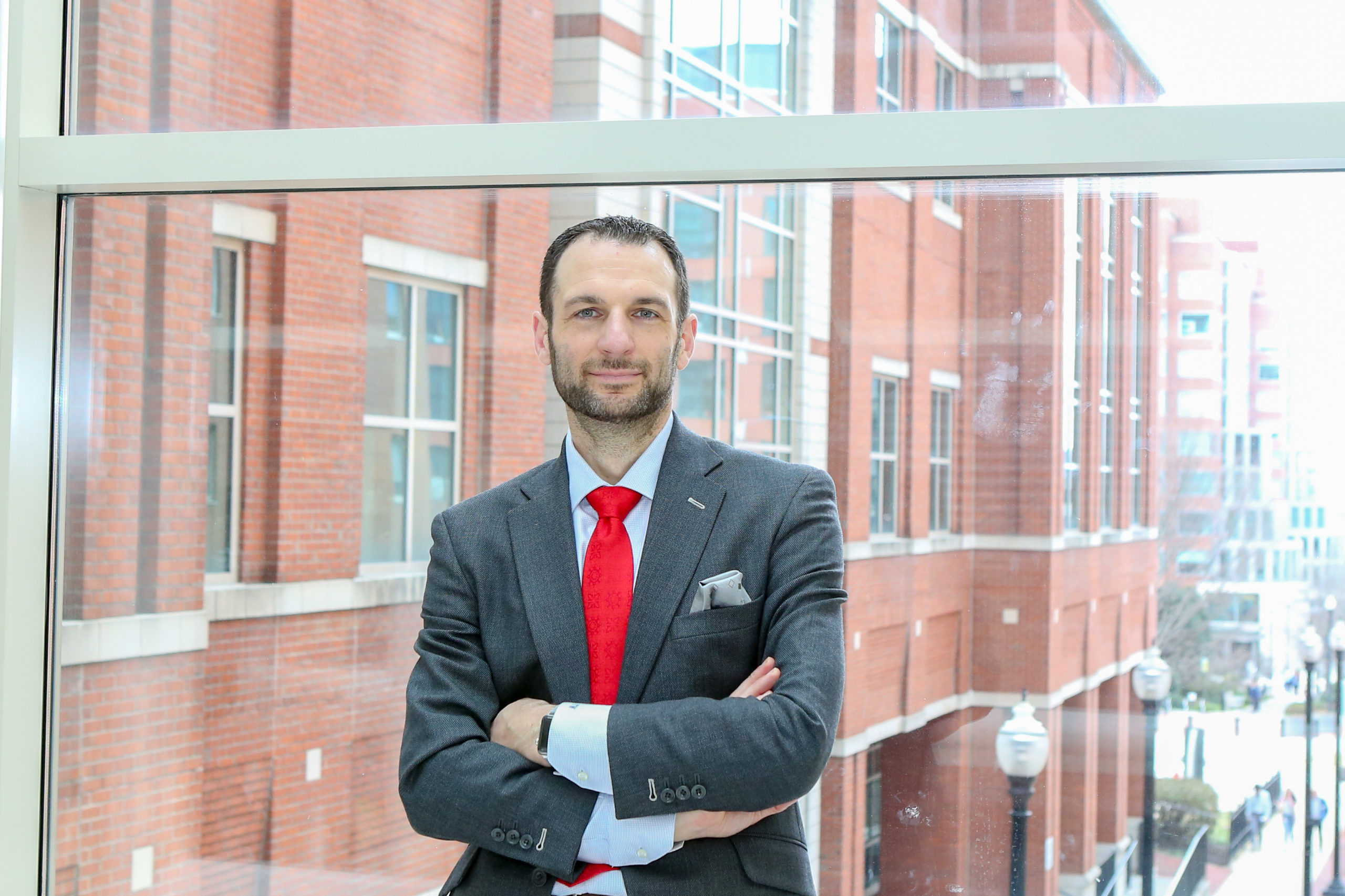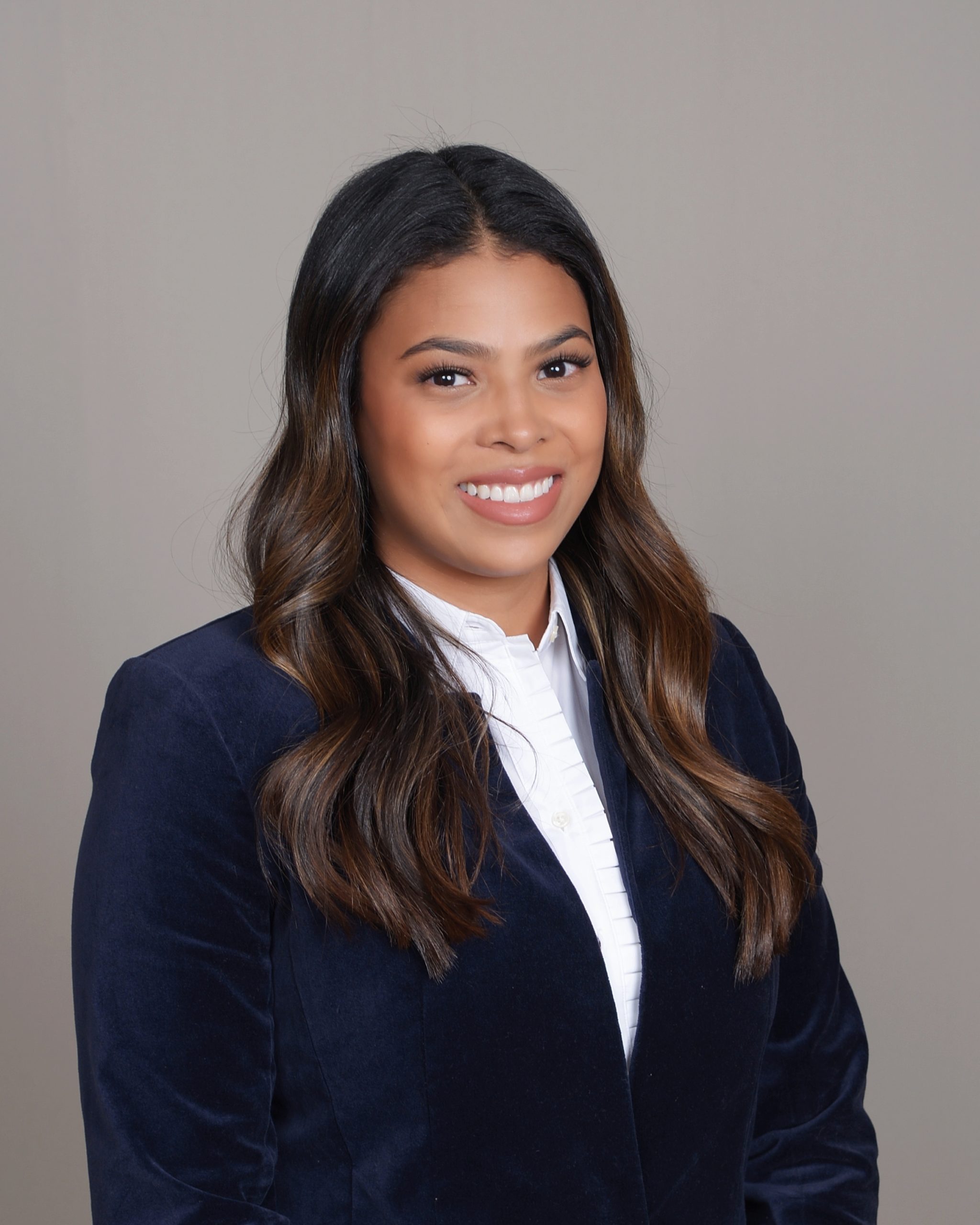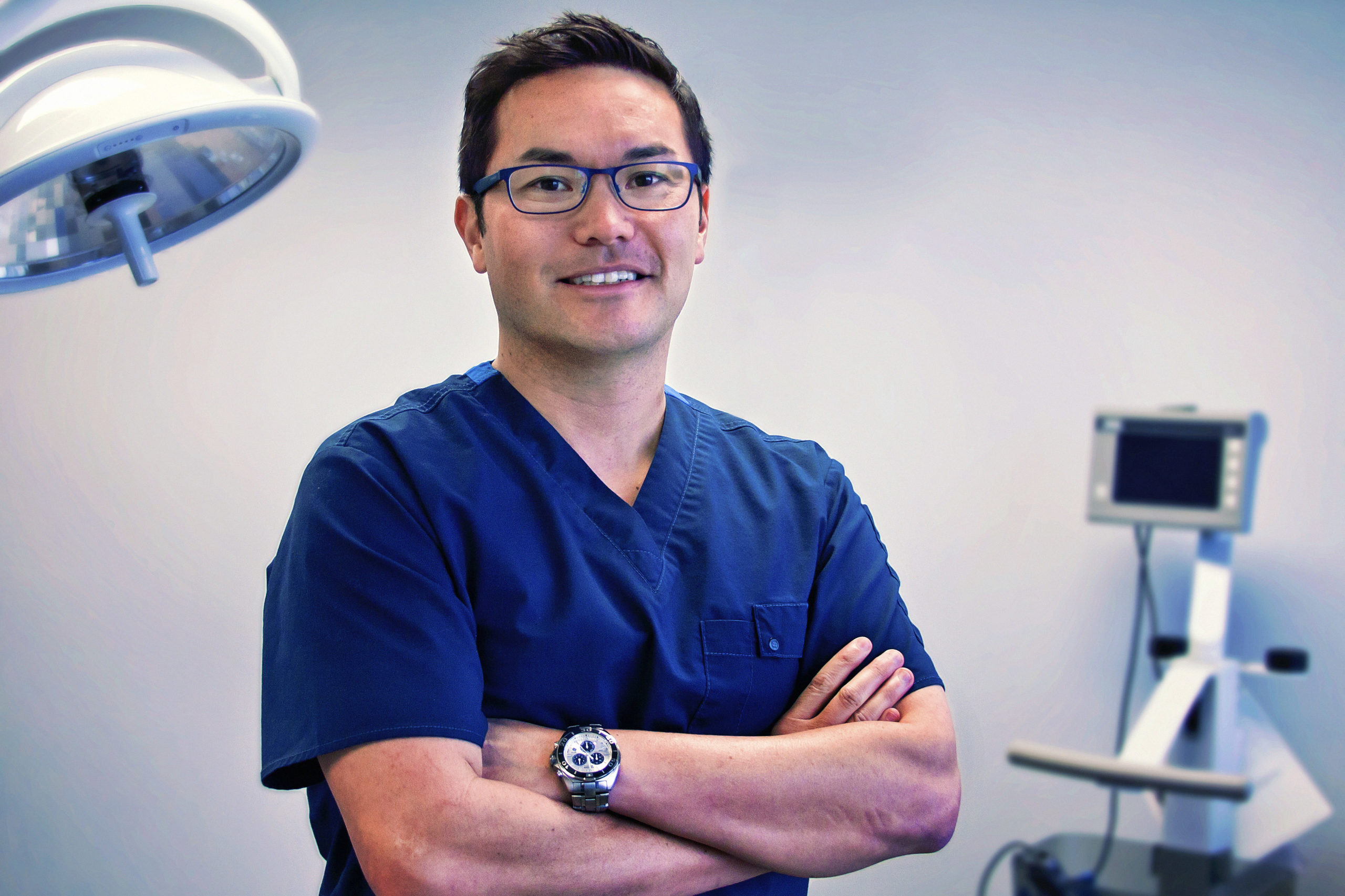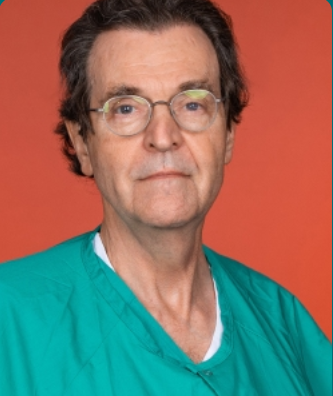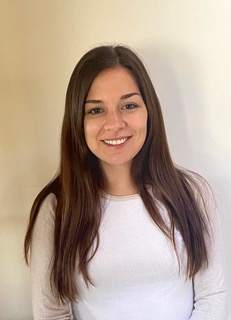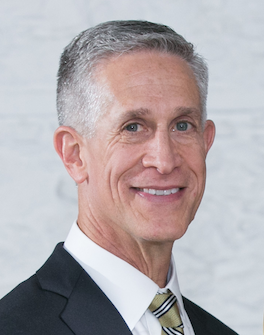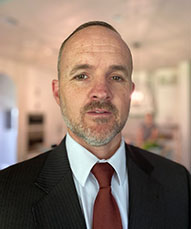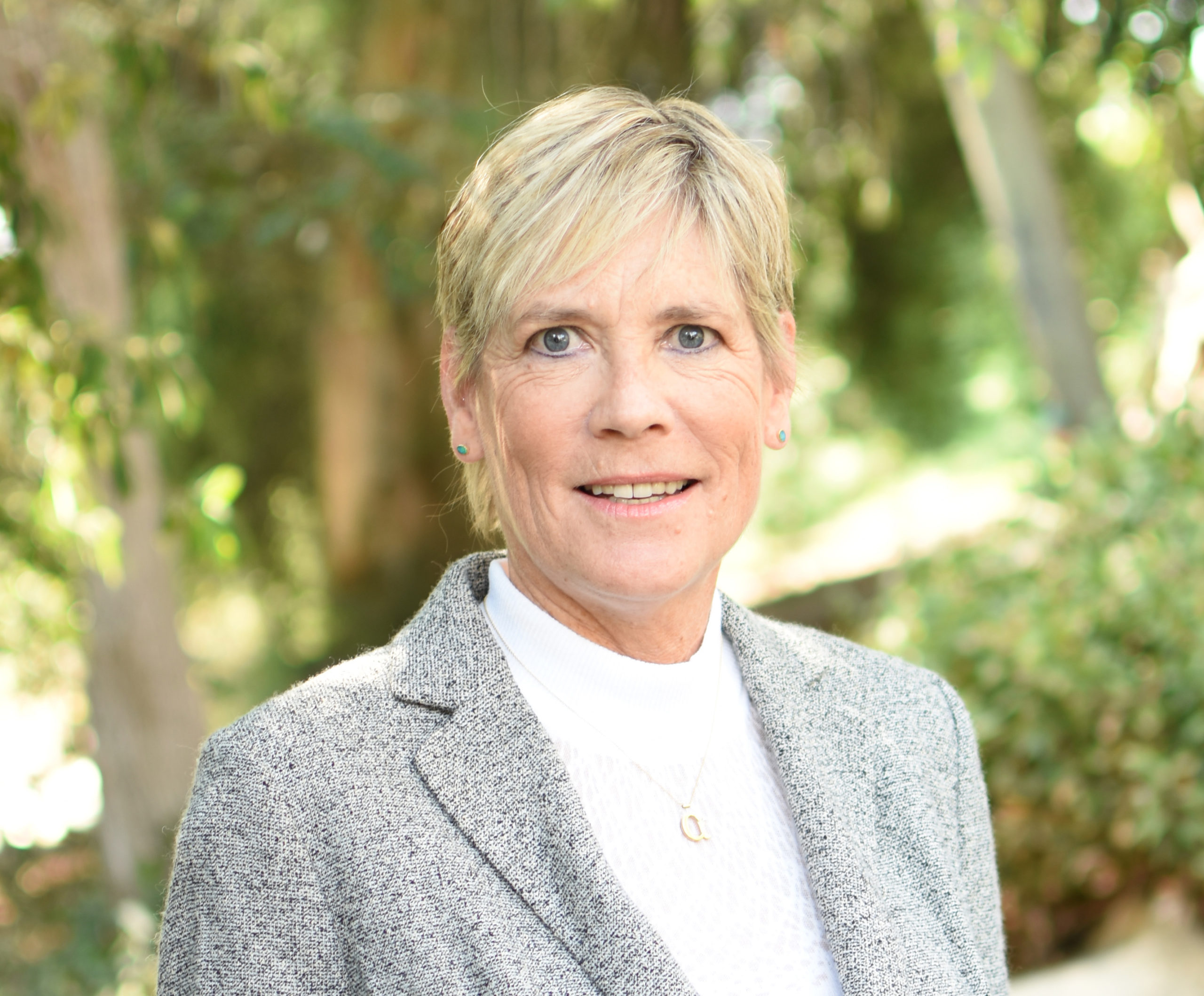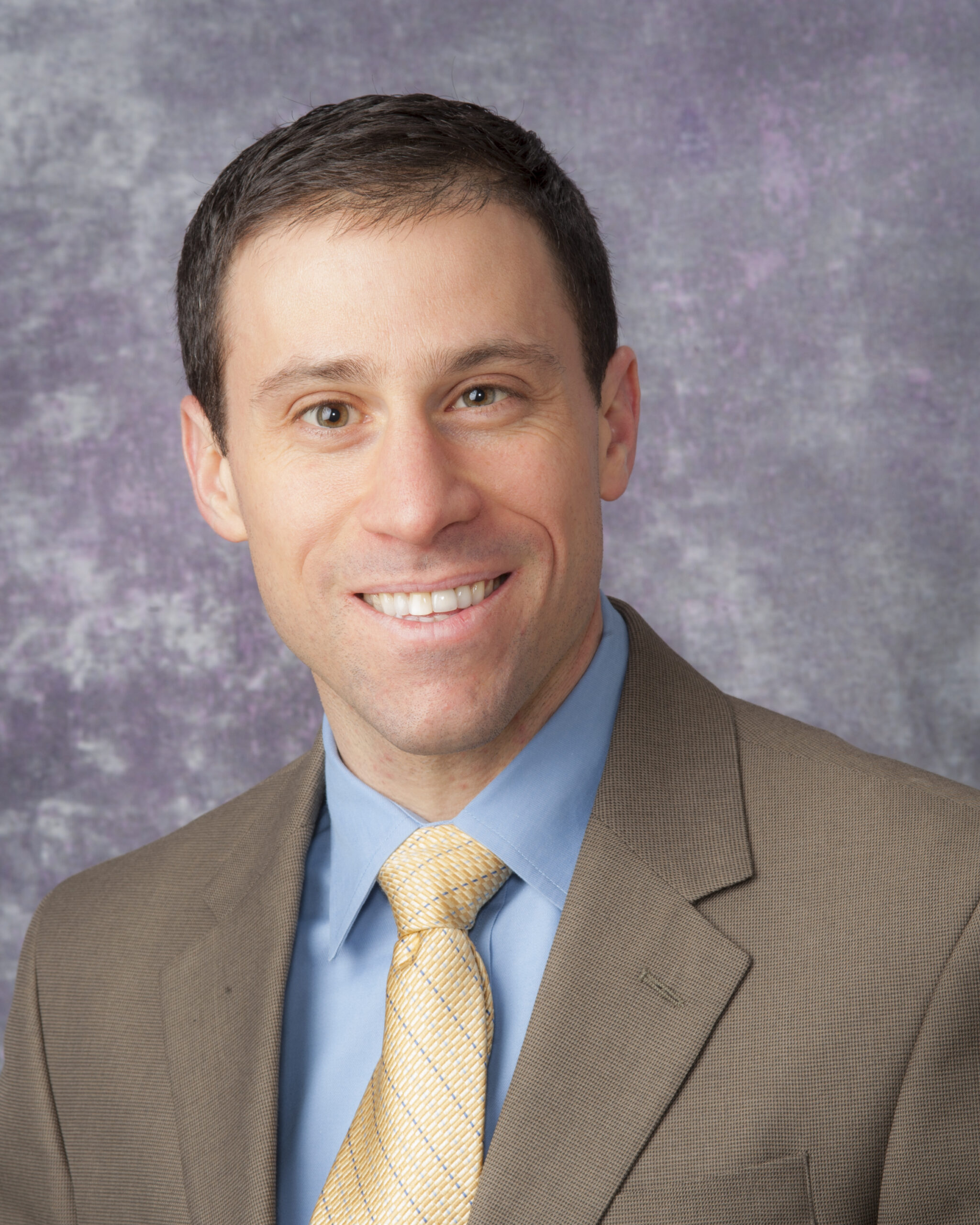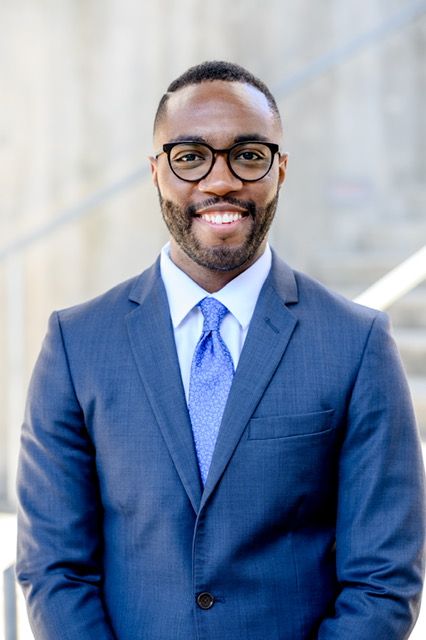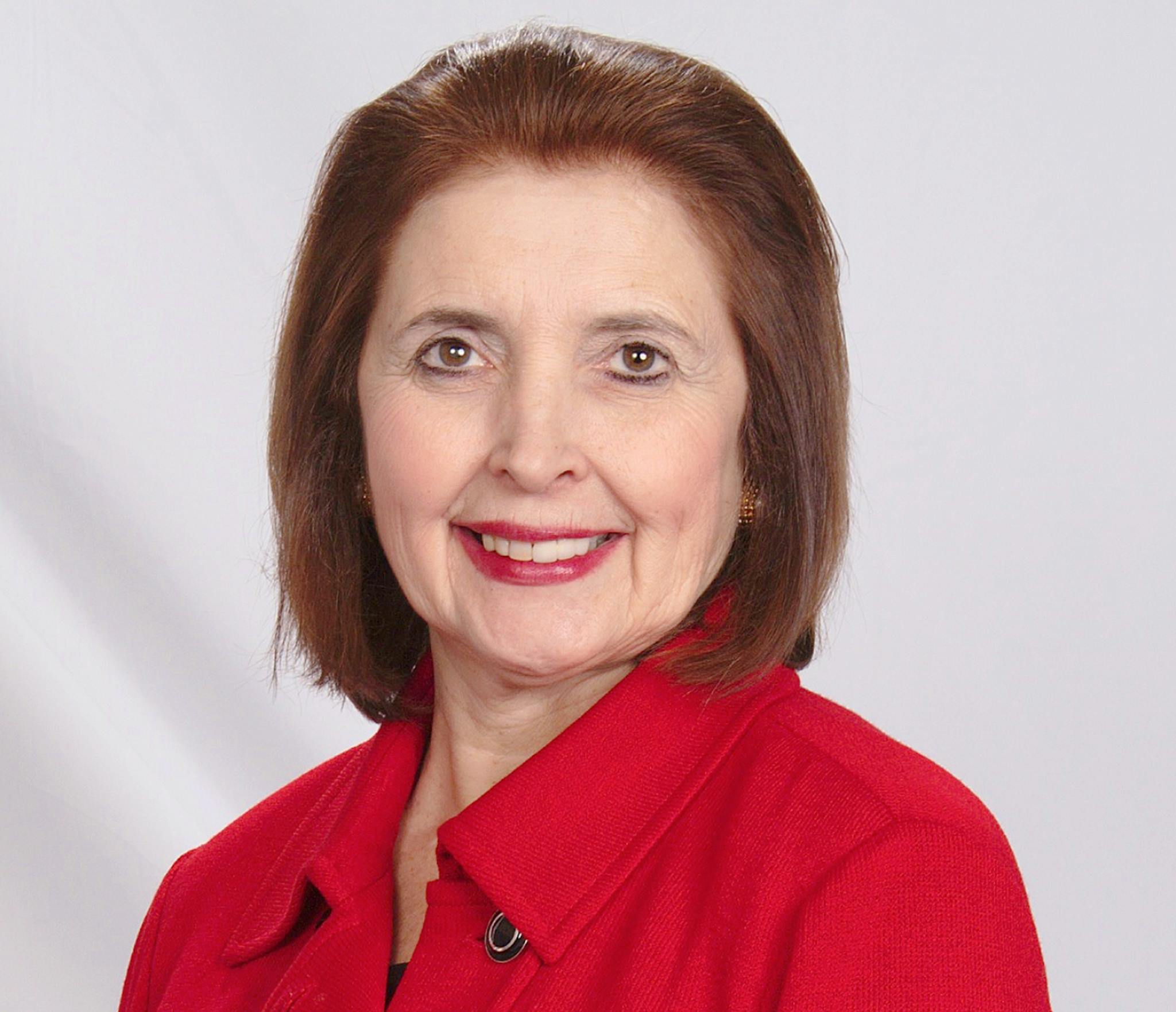There are many kinds of sedation and general anesthesia that a Dentist Anesthesiologist can use to put together a unique, customized formula for each patient. Among the considerations are the patient’s age, health status, other medications they may be taking, and the complexity and anticipated length of the dental procedure.
What’s the difference between sedation and general anesthesia?
Sedation
Sedation is best described as a state between relaxed consciousness and being very sleepy. While under sedation, patients won’t feel stress or anxiety about the procedure. Local anesthetics will ensure there is no pain.
Anesthesia
While under general anesthesia, patients are completely asleep during the procedure. You won’t see, hear or feel anything. When you wake up, you won’t remember the procedure at all. General anesthesia is typically used in longer, more complex procedures or with patients who may be unable to cooperate.
Your safety is our #1 priority.
When your dentist works with a Dentist Anesthesiologist, your dentist is able to focus entirely on your dental treatment. The Dentist Anesthesiologist is there to make sure you receive the right type and amount of anesthesia, and monitor you throughout the procedure.
Dentist Anesthesiologists have unmatched expertise in office-based anesthesia. In fact, Dentist Anesthesiologists are the only anesthesia professionals required to have extensive residency-based training in office-based anesthesia. We bring state-of-the-art monitoring equipment and all the supplies needed to provide a safe anesthesia experience to your dentist’s office.

Fear made me put off dental care for years. Sure wish I had done it sooner.
Before your appointment.
Your Dentist Anesthesiologist will have specific instructions for you to follow before your appointment. You will be instructed to avoid eating and drinking for a specified time and you might be prescribed medication to take before your procedure. It’s important to follow all instructions carefully.
When you arrive.
Your Dentist Anesthesiologist will greet you, make sure you’re comfortable, go over your medical history, and answer any questions you might have. Once sedation or anesthesia begins, they’ll stay with you the entire time to monitor your breathing and other vital signs and your comfort level.
After the procedure.
You might feel groggy or a little disoriented when you wake up but you’ll be given plenty of time to recover before you leave the office. You’ll need someone to drive you home. If the patient is a child, it is best for the child’s safety that a second adult be there on the way home to sit with the child in the back seat while the other adult drives.





